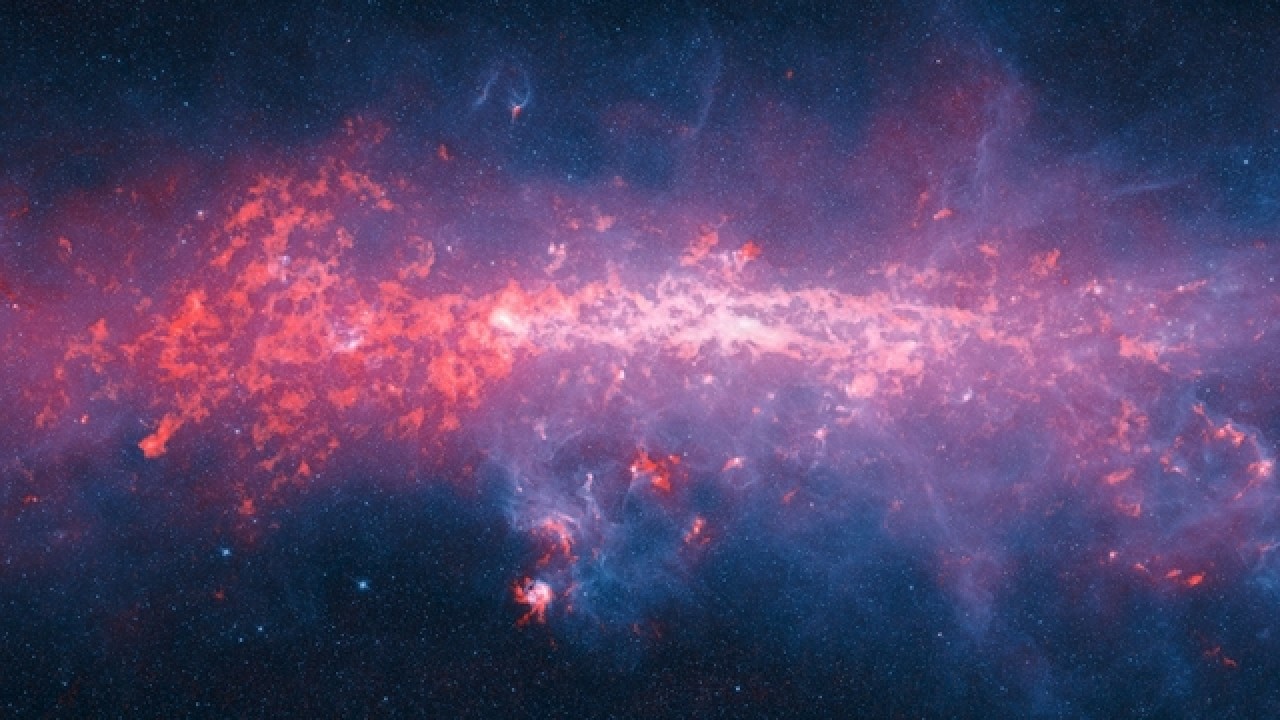Scientists Struggle To Decypher The Enigma Of Cosmic Rays, Fast Radio Bursts

Space is filled with a large number of elusive objects and phenomena, ranging from black holes which can devour entire galaxies to FRBs (fast radio bursts). However, many researchers remained fascinated by cosmic rays.
They contain the atomic nuclei of several elements, among which we can count hydrogen and iron, and travel at nearly the speed of light. Select cosmic rays are so powerful that it is virtually impossible to track down their origin point. While some speculated that powerful solar flares and supernova eruptions might cause them the sheer intensity of select cosmic rays goes against the theory.
The raw power of the cosmic rays infers that they may have been released by new objects which haven’t been identified in the past. According to reputable researchers, the energies encountered in ultra high-frequency cosmic rays can be up to ten million times more intense in comparison to particles generated by the Large Hadron Collider.
Scientists Struggle To Decypher The Enigma Of Cosmic Rays, Fast Radio Bursts
Somewhere in space, there are significant energy sources which could be harnessed in the future as the amount of energy released by them could offer electrical power to entire planets with ease. At this point, the factors which determine the release of cosmic rays with high intensities remain unknown.
There are some similarities between fast radio bursts and cosmic rays, which could be explored to uncover more data about more phenomena. The sources which release fast radio bursts could be strong enough to generate cosmic rays, as it is thought that some particles can be accelerated with the help of shockwaves.
Many researchers are currently hard at work as they attempt to unravel the mystery of fast radio bursts. While most of them are spotted only once several repeating pulses have been identified and they could offer to play an essential role in the case of future research.
Two significant experiments which target cosmic rays are being conducted, and some hints have been spotted, but the data harvesting process will take a long while.
0 comments